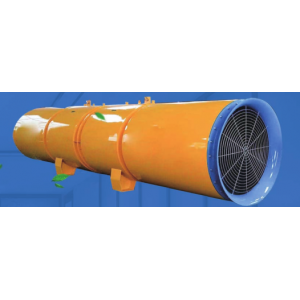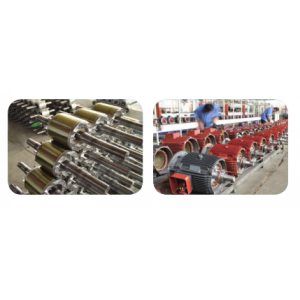The working principle of thceilg air -conditionunit
The working principle of ceiling air -conditioning units mainly involves two main processes: refrigerant circulation and air treatment.
First, the ceiling air -conditioning unit achieves cooling or heating function through the refrigerant cycle.This process includes four basic components: compressor, condenser, evaporator and expansion valve.The compressor inhale and compress the low -temperature and low -pressure refrigerant to increase its temperature and pressure.Then, high -temperature and high -pressure refrigerant enters the condenser, which reduces the temperature with the external air to reduce its temperature and become a high -temperature and high -pressure liquid refrigerant.Next, the refrigerant enters the evaporator through the expansion valve. After the expansion of the evaporator is expanded, the pressure and temperature have fallen sharply, thereby absorbing indoor heat, transforming the refrigerant from the liquid state to a gas state, and taking away the absorbed heat.Reduce indoor temperature.Finally, the refrigerant gas is once again inhaled by the compressor and recycled to achieve a continuous cooling or heating process.
Secondly, the ceiling air -conditioning unit also provides a comfortable indoor environment through the air treatment process.The air is first filtered through the filter section to remove the dust, pollen and other impurities.Then, the air enters the mixed air section and mixes the air indoor air to meet the indoor demand for fresh air.Then, the air passes through the cold or heated section to achieve cooling or heating function.Finally, the processed air is sent to the room through the fan section to provide people with a comfortable indoor environment.
In addition, the ceiling air -conditioning unit is generally installed on the ceiling of the building, which has the advantages of convenient installation, beautiful and generous, and can provide a large refrigeration or heating capacity to meet the needs of large commercial buildings and office buildings.At the same time, by controlling the working status of the evaporator and condenser, the indoor temperature can be adjusted as needed to achieve more intelligent temperature control.
 Pipe connection method of air
Pipe connection method of air
 Installation and debugging of
Installation and debugging of
 Advantages and adjustment meth
Advantages and adjustment meth
 How to debug a centrifugal cur
How to debug a centrifugal cur

